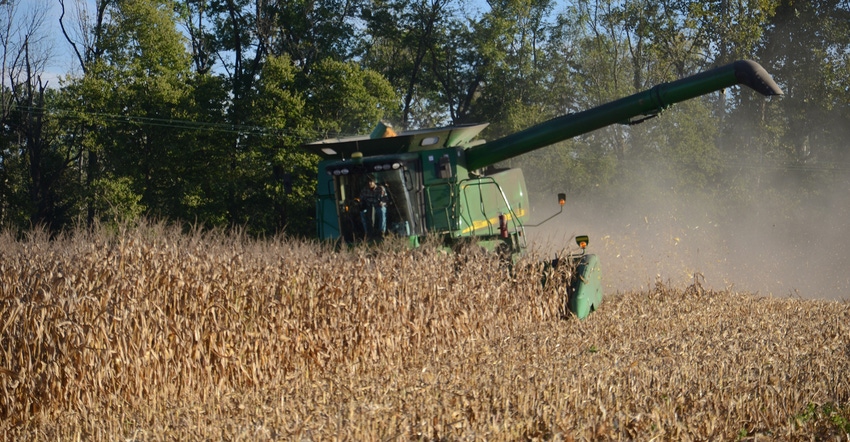December 23, 2019

Can your farm generate enough funds to repay the current portion of term debt payments and replace assets, like machinery? One way to determine the answer is to figure your replacement margin.
The capital debt repayment margin and the replacement margin are computed in a stepwise fashion. First, you determine capital debt repayment margin. From that calculation, you can determine replacement margin. An accountant can help you, or you can find more information on the Purdue University Center for Commercial Agriculture website.
Example
Let’s use a case farm in west-central Indiana to illustrate the computation of the replacement margin. The capital debt repayment margin subtracts family living expenses, income and self-employment taxes, the current portion of principal on term or noncurrent debt, and the unpaid portion of prior-period operating debt from the sum of accrual net farm income, off-farm income and depreciation.
Using projections for the case farm in 2019, net farm income is $78,762; off-farm income is zero; and depreciation is $172,283. In this example, neither you nor your spouse worked off the farm. When you add these three together, the total is $251,045.
Uses of funds are comprised of family living and taxes, totaling $83,116, and the current portion of term debt, which is $46,978 in this example. In this case, there is no “unused portion of prior-period operating debt.” The total is $130,984. Subtracting $130,984 from $251,045 yields a projected capital debt repayment margin of $120,951.
To get replacement margin, subtract depreciation plus another 10% to 20% of depreciation — to represent capital used for capital replacement needed to replace machinery that wore out in 2019 and to be able to expand — from the capital debt repayment margin. Let’s use an extra 15%. The depreciation number is now $198,125.
The replacement margin is $120,951 (capital debt repayment margin) minus $198,125 (depreciation estimate), which equals negative $77,174. This result indicates that it may not be prudent to completely replace machinery that wore out in 2019 this year. Though not illustrated here, the 10-year average replacement margin for this case farm is well above zero, suggesting the negative replacement margin in 2019 is not the norm. Rather, it reflects below-trend yields experienced in 2019 on some farms.
Repayment capacity measures enable borrowers and lenders to evaluate the ability of a farm to generate enough funds to repay the current portion of principal and interest payments, and to replace assets. In the long run, the capital debt repayment margin and replacement margin need to be positive.
Langemeier is a Purdue University Extension agricultural economist and associate director of the Center for Commercial Agriculture.
About the Author(s)
You May Also Like






